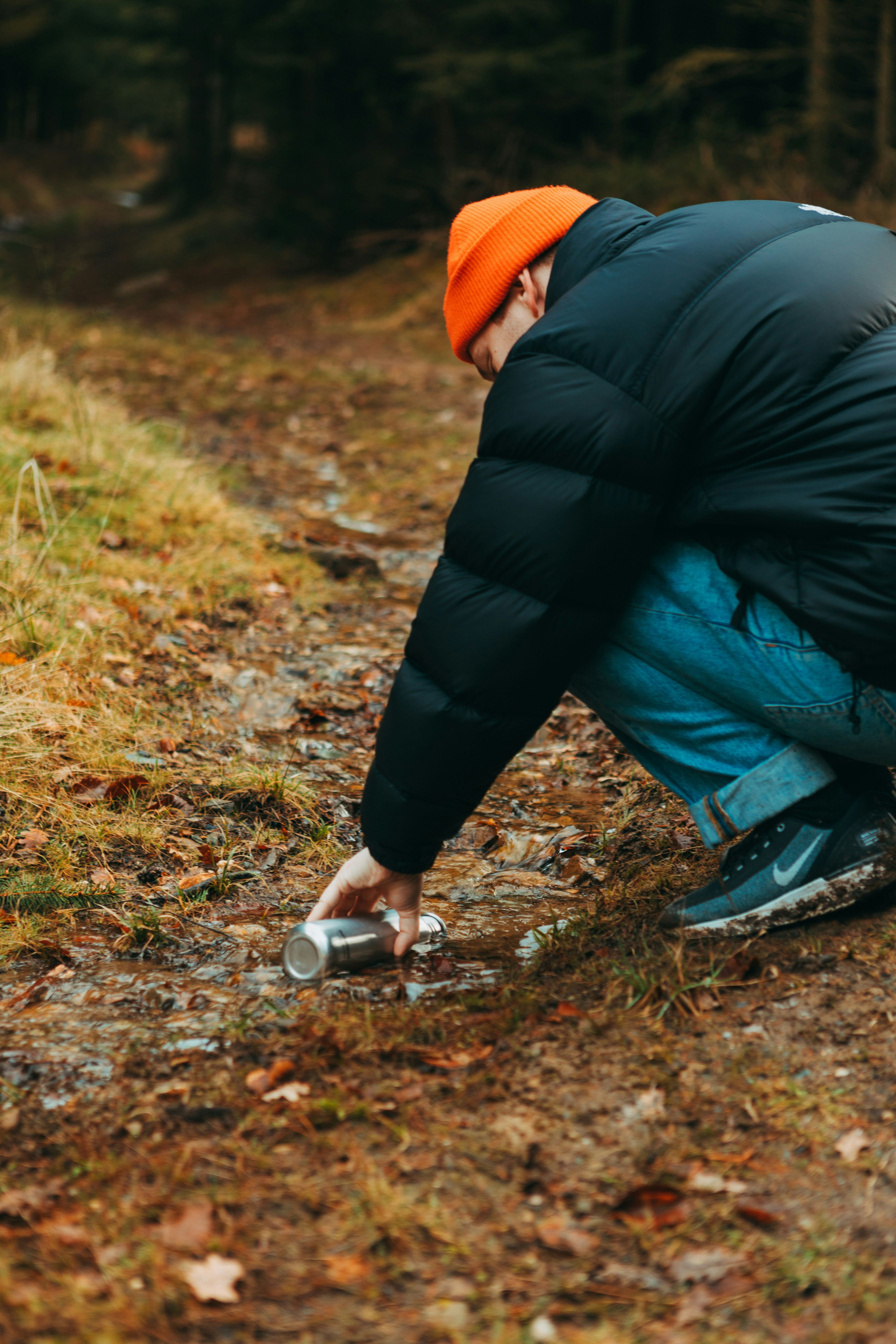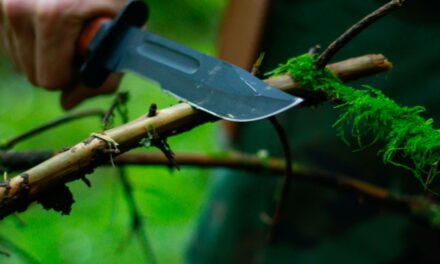In the unpredictable world we live in, the ability to defend oneself in emergency situations is not just a skill – it’s a necessity. The thought of being caught in a dangerous scenario is daunting, but preparedness can make all the difference. Self-defense is not merely about physical prowess; it’s about awareness, preparation, and the right mindset. This article aims to equip you with essential self-defense strategies to navigate through emergency situations effectively.
Understanding the Essence of Self-Defense in Emergencies
Self-defense in emergencies transcends the conventional idea of physical confrontations. It encompasses a broad spectrum of skills and knowledge, essential for ensuring personal safety in various scenarios, from urban threats to wilderness dangers. The first step in self-defense is understanding the types of threats you may face and recognizing that your response should be proportionate and lawful.
Emergency situations can arise anywhere and at any time. They can range from natural disasters, home invasions, street assaults, to unexpected encounters in the wild. Each scenario demands a unique set of responses and preparations. At its core, self-defense is about being prepared mentally, physically, and tactically to deal with these unforeseen challenges.
Developing a Mindset for Survival
Survival is not just about physical strength; it’s about resilience, quick thinking, and adaptability. Developing a survival mindset is crucial. This involves being aware of your surroundings, understanding the nature of potential threats, and being prepared to act decisively. The key lies in staying calm, thinking clearly, and not panicking in the face of danger.
Understanding the psychology of an attacker is also essential. Most attackers seek easy targets – those who appear vulnerable or unaware. By presenting yourself as a difficult target, you can often deter potential threats. This does not mean appearing aggressive but rather confident, aware, and prepared.
Physical Preparation and Fitness
Physical fitness plays a significant role in self-defense. It’s not about being the strongest or the fastest but about having the endurance, strength, and flexibility to defend yourself effectively if needed. Regular exercise, strength training, and flexibility routines can significantly improve your ability to handle physical confrontations.
However, self-defense is not solely about fighting. It’s often more about avoiding physical confrontation. This could mean running away from danger, moving out of reach, or using barriers to protect yourself. Your physical fitness can be a critical factor in these scenarios.
Essential Self-Defense Techniques and Tools
While physical confrontation should be a last resort, knowing basic self-defense techniques can be life-saving. These techniques focus on efficiency, enabling you to escape or incapacitate an attacker long enough to get to safety. Here are some key techniques:
- Awareness and Avoidance: The best self-defense strategy is to avoid dangerous situations altogether. Be aware of your surroundings and potential escape routes. Avoid walking alone in poorly lit or secluded areas and trust your instincts.
- Striking Techniques: Learn simple yet effective striking techniques targeting vulnerable areas of an attacker, such as the eyes, nose, throat, and groin. Quick strikes to these areas can disable an attacker momentarily, giving you time to escape.
- Breaking Free from Grabs: Techniques to break free from various grabs – whether it’s a wrist grab, a chokehold, or a bear hug – are essential. Often, these involve quick, sharp movements targeting the attacker’s weakest points of grip.
- Using Everyday Items as Tools: Everyday items can become improvised self-defense tools. Pens, keys, or even a bag can be used to hit an assailant. Smartphones can be used to call for help or record evidence.
- Defensive Postures: Adopting a defensive posture can protect vital areas of your body and prepare you to react quickly. This posture is non-aggressive but shows that you are not an easy target.
Training and Regular Practice
Self-defense is a skill that requires regular practice. Consider enrolling in self-defense classes that focus on practical, real-world scenarios. Martial arts like Krav Maga, Brazilian Jiu-Jitsu, or Muay Thai offer valuable self-defense techniques. Regular training not only improves physical capability but also builds confidence and muscle memory, enabling quicker responses in real situations.
Legal Considerations
Understanding the legal implications of self-defense is crucial. The use of force must always be proportionate to the threat faced. Familiarize yourself with local laws regarding self-defense to ensure that your actions remain within legal bounds. The goal of self-defense is to escape a dangerous situation, not to engage in a fight.
Preparation for Different Scenarios
Emergency situations can vary greatly, and being prepared for different scenarios is key. Here’s how to prepare:
- Home Invasions: Secure your home with locks, alarms, and surveillance systems. Have a safe room for emergencies and practice a family escape plan. Consider keeping legally permissible self-defense tools accessible.
- Urban Threats: Be aware of common urban threats like muggings or attacks. Stay in well-populated areas and avoid distractions like using your phone while walking. Carry a whistle or a personal alarm.
- Wilderness Encounters: When in the wilderness, be aware of wildlife and how to safely navigate around them. Carry bear spray or a whistle and know the basics of wilderness first aid.
Summary and Key Takeaways
Preparing for emergency situations by mastering self-defense strategies is a crucial aspect of personal safety. Here’s a summary of the key points discussed:
- Understand the Importance: Recognizing the need for self-defense is the first step. Whether you’re in an urban setting or a remote location, the potential for danger exists, and being prepared is essential.
- Focus on Prevention: The best self-defense is avoiding dangerous situations. Stay vigilant, be aware of your surroundings, and trust your instincts to steer clear of potential threats.
- Learn Basic Self-Defense Techniques: Knowing a few basic techniques can make a significant difference. Focus on strikes to vulnerable areas, breaking free from grabs, and using everyday items as tools.
- Training and Practice: Regular training in self-defense or martial arts enhances physical capability and mental preparedness. Consistent practice is vital for developing muscle memory and confidence.
- Legal Awareness: Understand the legal aspects of self-defense. Your actions should always be proportionate to the threat and within the bounds of the law.
- Be Prepared for Different Scenarios: Tailor your self-defense strategies to different situations, whether at home, in urban environments, or in the wilderness. Equip yourself with the necessary tools and knowledge for each scenario.
In conclusion, self-defense is not about engaging in combat but about ensuring your safety in emergency situations. Through awareness, preparation, and training, you can significantly improve your chances of safely navigating dangerous encounters. Remember, the ultimate goal is to protect yourself and get to safety as quickly as possible.








